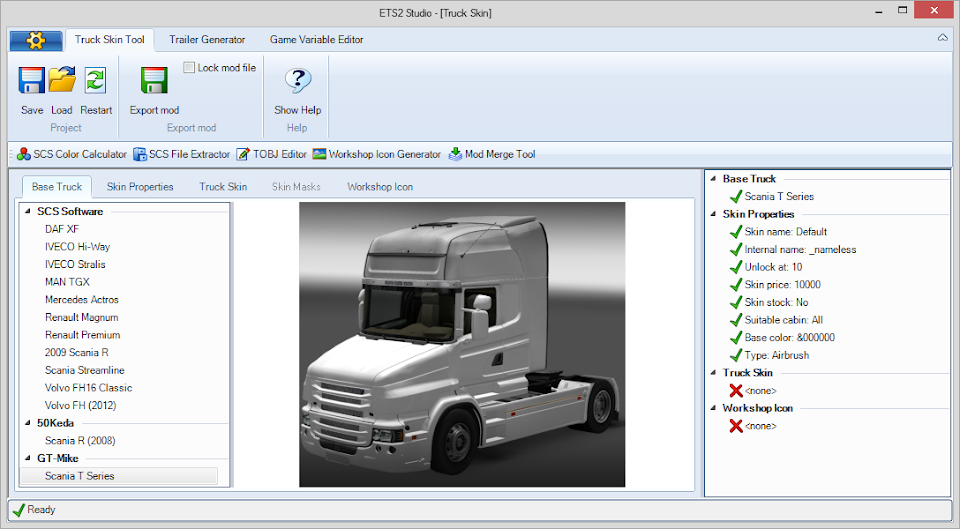

#Download virtaal 0.7.1 windows#
Windows 10, Windows 8, Windows 7, Vista/XP
#Download virtaal 0.7.1 install#
Then you can you decided to download and install it into your PC or not. Please read the details on below of this Virtaal App before. So, what are you waiting for? Get the Virtaal app into your PC/Laptop from now for Free. And latterly, updated to the new version at 6 months ago. Finally, advanced users may find the logs of the MiCADO core services useful in the Kubernetes Dashboard under the micado-system and micado-worker namespaces, or directly on the MiCADO master.Virtaal for PC – Virtaal is a Education apps that you can running into your Windows PC. They are the Kubernetes Dashboard, Grafana and Prometheus.

Dashboard provides three graphical view to inspect the VMs and Kubernetes Deployments.
#Download virtaal 0.7.1 update#
In the current release, the status of the system can be inspected through the following ways: REST API provides interface for submission, update and list functionalities over applications. The newly instantiated MiCADO workers join the Kubernetes cluster managed by the MiCADO Master. During operation MiCADO workers (realised on new VMs) are instantiated on demand which deploy Prometheus Node Exporter and CAdvisor as Kubernetes DaemonSets and the Docker engine through contextualisation. MiCADO Master is configured as the Kubernetes Master Node and has installed the Docker Engine, Occopus and Terraform (to scale VMs), Prometheus (for monitoring), Policy Keeper (to perform decision on scaling) and Submitter (to provide submission endpoint) microservices to realize the autoscaling control loops. To use MiCADO, first the MiCADO core services must be deployed on a virtual machine (called MiCADO Master) by an Ansible playbook. The format of the Application Description Template for MiCADO is detailed later. the implementation of policies for scaling and monitoring both levels of the application.the specification of the virtual machine and.the definition of the individual applications making up a Kubernetes Deployment,.MiCADO requires a TOSCA-based Application Description Template to be submitted containing three sections:

At Kubernetes level, the number of replicas tied to a specific Kubernetes Deployment can be increased/decreased. At virtual machine (VM) level, a built-in Kubernetes cluster is dynamically extended or reduced by adding/removing cloud virtual machines. MiCADO is an auto-scaling framework for Docker containers, orchestrated by Kubernetes.


 0 kommentar(er)
0 kommentar(er)
